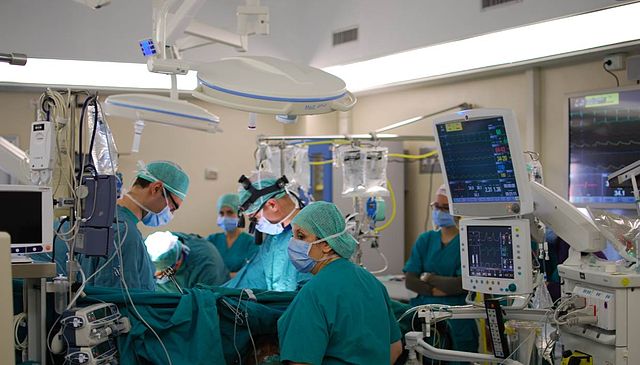Written by Matthew:
I love when parallels leap out at you and make you think in new ways. One of the worries I have held for a long time is that success in our education “business” is so often achieved by “keeping up” with the literature that is internal to what we do. In school age education that means a prescribed mixture of government guidelines, inspectorate evaluation documentation, professional standards reference material and local council policies. Add to this the small fraction of education research that is considered essential by the profession, and you have more than enough “internal” literature to occupy all your reading time. I believe that this is not enough. Edward DeBono’s idea of “provocation”, in which some bizarre or different situation will allow you to be creative, breaking the constraints of already knowing what the answer is, has real relevance here. If we want a profession that is innovative and creative, then we probably want a profession that engages with the learning from other professions, or other areas.
One of my very favourite of these “other areas” of learning is behavioural economics and the Freakonomics Radio podcast. On last week’s edition, I had one of those moments when the parallels leapt out and I saw something dangerous in our own current practices. The podcast was about a study in American medicine which explored death rates from the big heart conditions that take people to hospital in emergency circumstances. (Acute myocardial infarction (AMI), heart failure, or cardiac arrest etc.) There are two major conferences in the United States for heart specialists and they happen at distinctly different times; this gave researchers an opportunity to test a very simple question? “What happens to the death rates from acute heart conditions in teaching hospitals when all the heart consultants are away at the big conferences?” In their snappily entitled paper, “Mortality and treatment patterns among patients hospitalized with acute cardiovascular conditions during dates of national cardiology meetings”, Jena et al came up with an amazing finding……you are less likely to die if admitted to a teaching hospital during these conferences! Yes, you read that correctly. The top specialists are all gone, you have had a heart attack and have been wheeled in a gurney to ER, this seems awful news, except it isn’t! Your chances of survival have just gone up by something in the region of 10 percent. You might reasonably expect to have some expensive and intrusive scans, some horribly invasive stenting, and to be generally wired up, poked and prodded like a lab specimen. Oh dear, you will miss out on some of that fun stuff which the experts would have ordered for you; as a result you will be likely to do better and live longer.
So what is the lesson here for me? During the podcast, a few heart practitioners were asked if they were surprised by these findings? They very much were. The trouble is that within a profession we form such a large body of accepted good practice, (for good reasons), that we are unable to conceive of not carrying out our best practices. It becomes actually shocking to even think about being as unprofessional as to do reduce your best-practice interventions. So the parallel becomes easy to see. Which of our practices are too unnatural? Too intrusive into the natural patterns of childhood? Too damaging to be worth the benefits which we perceive? Might our profession not be aware of the damage we might be doing? What could we change that would at least help us to see any unwitting damage framed more clearly?
The excellent and very thorough freakonomics podcast here.
“Cardiac surgery operating room” by Pfree2014 – Own work. Licensed under CC BY-SA 4.0 via Wikimedia Commons – http://commons.wikimedia.org/wiki/File:Cardiac_surgery_operating_room.jpg#/media/File:Cardiac_surgery_operating_room.jpg
